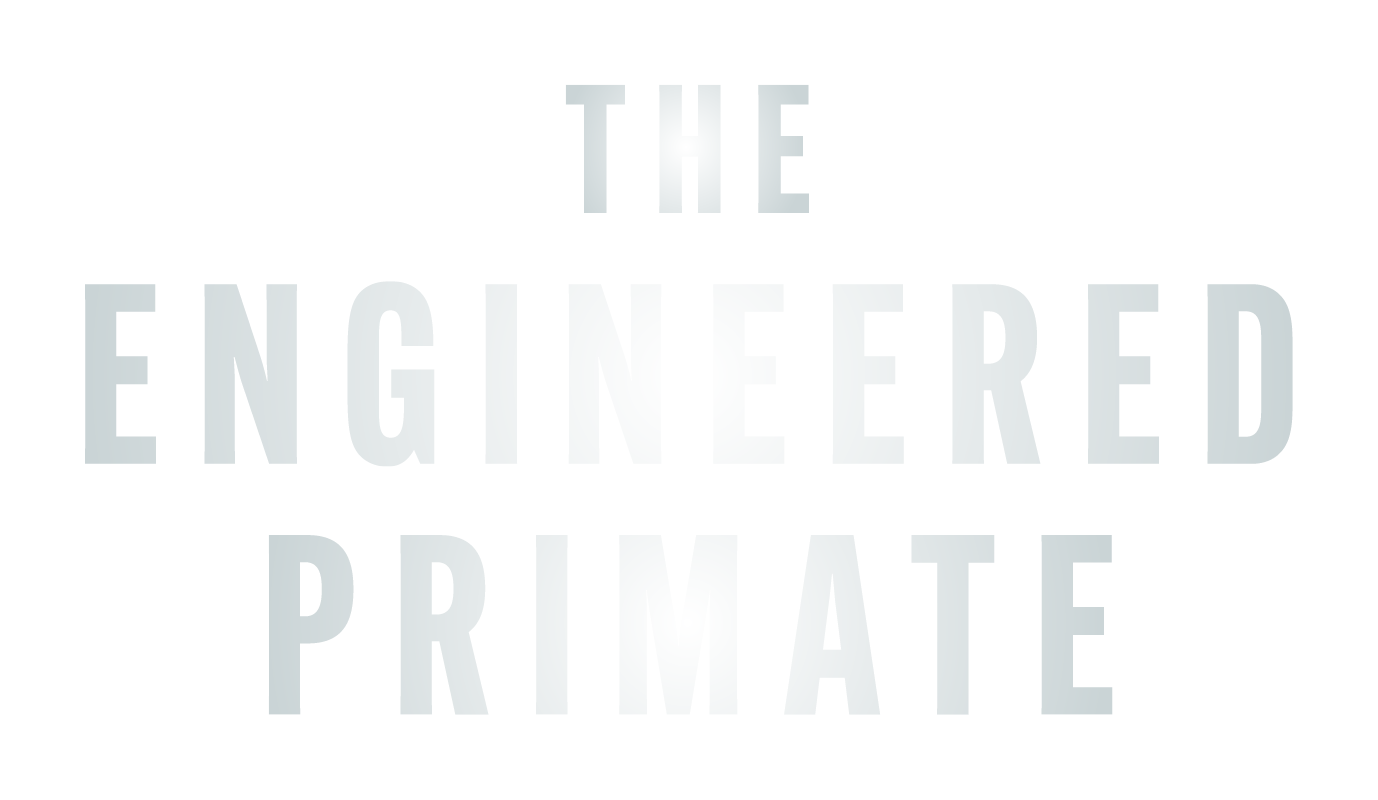Instinctive Hunger – Nature’s Compass
Wrangham, R. W. (2009). Catching Fire: How Cooking Made Us Human. Basic Books.
Explores how cooking and dietary changes influenced hunger instincts in early humans.
Ventura, A. K., & Worobey, J. (2013). “Early influences on the development of food preferences.” Current Biology, 23(9), R401–R408.
Examines how sensory and environmental experiences during infancy shape the development of lifelong food preferences, hunger mechanisms, and eating behaviours.
Jacob, S., & McClintock, M. K. (2000). “Psychological state and mood effects of steroidal chemosignals in women and men.” Hormones and Behavior, 37(1), 57–78.
Explores how olfactory cues (smells) influence dietary choices, mood, and social interactions, highlighting evolutionary adaptations in sensory-driven decision-making.
Dominy, N. J., & Lucas, P. W. (2001). “Ecological importance of trichromatic vision to primates.” Nature, 410(6826), 363–366.
Examines how primates evolved trichromatic vision to identify ripe fruits, highlighting the role of visual cues in shaping hunger responses, food preferences, and dietary selection.
Mayer, E. A. (2016). The Mind-Gut Connection. Harper Wave.
Explores how the gut-brain axis regulates hunger and satiety through neural and hormonal pathways.
Frost, G., Sleeth, M. L., Sahuri-Arisoylu, M., et al. (2014). “The short-chain fatty acid acetate reduces appetite via a central homeostatic mechanism.” Nature Communications, 5, 3611.
Explores how microbial metabolites, specifically acetate (a short-chain fatty acid produced by gut bacteria fermenting dietary fibre), influence central hunger and satiety mechanisms, regulating appetite and energy intake.
Cryan, J. F., & Dinan, T. G. (2012). “Mind-altering microorganisms: The impact of the gut microbiota on brain and behaviour.” Nature Reviews Neuroscience, 13(10), 701–712.
Examines the interaction between gut microbiota and the central nervous system, emphasising microbial influence on hunger regulation and satiety signals via vagal nerve pathways.
Moss, M. (2013). Salt Sugar Fat: How the Food Giants Hooked Us. Random House.
Investigates how modern processed foods manipulate hunger and satiety mechanisms.
Ludwig, D. S. (2002). “The glycemic index: Physiological mechanisms relating to obesity, diabetes, and cardiovascular disease.” JAMA, 287(18), 2414–2423.
Explores how refined carbohydrates and high-glycaemic diets disrupt hunger regulation, leading to metabolic dysregulation, obesity, and increased risk of chronic disease.
Eaton, S. B., & Konner, M. (1985). “Paleolithic nutrition: A consideration of its nature and current implications.” The New England Journal of Medicine, 312(5), 283–289.
Explores how hunger evolved as a survival mechanism to regulate energy intake, ensuring sufficient caloric consumption in alignment with the dietary patterns of early humans.
Rozin, P., & Fallon, A. E. (1987). “A perspective on disgust.” Psychological Review, 94(1), 23–41.
Examines the evolutionary role of disgust as a protective mechanism, highlighting how sensory aversions developed to prevent the consumption of harmful or toxic foods.
Turnbaugh, P. J., Ley, R. E., Hamady, M., et al. (2007). “The human microbiome project: Exploring the microbial part of ourselves.” Nature, 449(7164), 804–810.
Explores the composition and function of the human microbiome, highlighting how modern diets and dietary fibre affect gut microbial balance and the regulation of hunger and satiety mechanisms.
Hall, K. D., Ayuketah, A., Brychta, R., et al. (2019). “Ultra-processed diets cause excess calorie intake and weight gain.” Cell Metabolism, 30(1), 67–77.
Demonstrates how ultra-processed foods override natural satiety signals, leading to increased calorie intake and weight gain by disrupting hunger regulation mechanisms.
Curtis, V., & Biran, A. (2001). “Dirt, disgust, and disease: Is hygiene in our genes?” Perspectives in Biology and Medicine, 44(1), 17–31.
Explores the evolutionary basis of disgust as an adaptive mechanism designed to protect against harmful pathogens by discouraging contact with contaminated substances and environments.
Bogin, B. (1997). “Evolutionary hypotheses for human eating behaviours.” American Journal of Physical Anthropology, 104(S25), 59–89.
Explores how sensory-driven aversions to decayed or toxic foods evolved as protective mechanisms, enhancing survival by reducing the risk of poisoning and infection.
Hall, K. D., & Guo, J. (2017). “Obesity energetics: Body weight regulation and the effects of diet composition.” Gastroenterology, 152(7), 1718–1727.
Examines how dietary composition influences hunger regulation and energy balance, highlighting the role of macronutrient intake in metabolic adaptation and weight management.
Reynolds, A., Mann, J., Cummings, J., et al. (2019). “Carbohydrate quality and human health: A series of systematic reviews and meta-analyses.” The Lancet, 393(10170), 434–445.
Highlights how fibre-rich diets support the restoration of natural hunger and satiety mechanisms by promoting stable blood sugar levels, sustained energy release, and gut microbiome balance.
